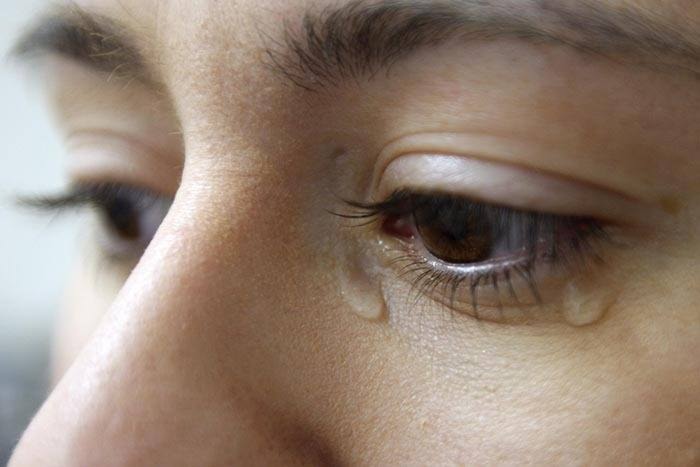With little more than seven hours of daylight in Prince Rupert at this time of year holiday cheer may be tough to come by, but there is hope.
Being aware of your mood and how others around you are reacting to the darkness and the pressures of the season may be the first step. Clinical educator at Northern Health, Damen DeLeenheer, offers some resources to those suffering from seasonal depression.
“The demands that many place on themselves to attend to and meet the expectations of others may contribute to anxiety and stress. On top of all of this the shorter days and longer nights can lead to seasonal affective disorder (SAD) making the holiday season even more difficult to enjoy,” DeLeenheer says.
The shortest day has passed but the darkness still seeps in leaving some people feeling SAD. The signs and symptoms for SAD may include low energy, increased appetite, weight gain, trouble concentrating and sleeplessness.
At the Prince Rupert Health Unit’s Mental Health and Addiction Community Program there is additional support for people suffering from SAD.
Kelsey Basso is the program support for public health nursing as well as mental health and addictions. She says there are seven SAD lamps at the clinic that counsellors lend to their clients.
“It’s basically a sunshine lamp that’s supposed to mimic the effect of the sun during winter months when people have SAD. If they spend a certain amount of time under this lamp it’s supposed to help their illness as well as counselling. Each of our counsellors has one that they lend out.” Light therapy lamps can also be purchased online with prices ranging from $50 to $250.
Clinical trials have tested light treatment for effectiveness. The American Journal of Psychiatry published the results of a trial in 2006 that compared light treatment with antidepressant medication and found that patients who used light therapy responded earlier to the treatment but other than that both treatments had the same effect on the patient.
DeLeenheer says that using the sun lamp is one way to help people struggling with SAD. “In regards to seasonal blues, again it’s more than just the light. That’s one part of it. Social isolation can be another part.”
The Mental Health and Addiction Community Program doesn’t see higher numbers around the holidays, according to Basso. “People who are depressed stay in their homes and it’s not really something we see a big uptake in.” But due to New Year’s resolutions she says the clinic will see a spike in patients with an alcohol addiction.
Although some North Coast residents may feel the obvious effects of SAD, “For holiday blues it’s such a multi-faceted issue that affects can come from so many areas of your life,” DeLeenheer says.
Feeling blue may be attributed to overindulgence in sweets or alcohol, financial stress, or even the pressure to recreate popular culture’s version of an ideal holiday.
What should you do? If you think you’re experiencing seasonal blues DeLeenheer recommends that you ask yourself these questions: over the past few weeks have you experienced little interest in doing things? Have you been feeling down, depressed or hopeless?
If your answer is yes for more than half of the days consider getting additional support.
Speak with your nurse practitioner or family doctor or call the Northern Health community mental health and addictions programs and ask to speak with one of the nurses or clinicians.
